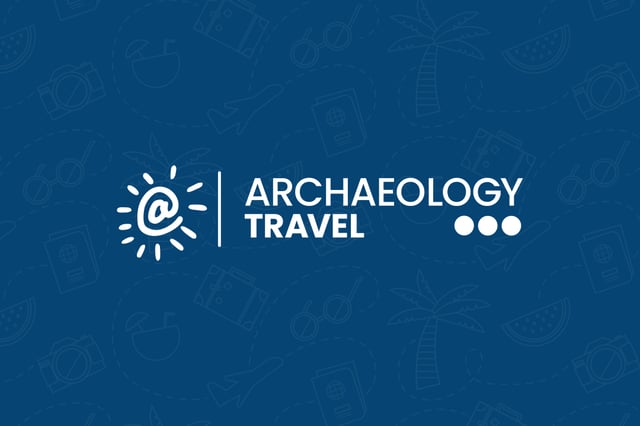Exploring Thracian Archaeology
Thracian Sites in Bulgaria
Beglik Tash
Along the ridge of a large promontory into the Balkan Sea are a series of natural outcroppings of large, weathered, volcanic rocks – natural megaliths. Although the grouping of stones is definitely natural, it does appear as if the Thracians made use of some of this geological setting for ritual or religious purposes. Many of the stones show traces of having been carved, and excavations in and around the stones have produced considerable deposits of ancient pottery – with some dates as early as the Iron Age.

Thracian Tomb of Kazanlak
Dating to the end of the 4th century BCE and discovered in 1944, this Thracian tomb on the outskirts of the town of Kazanlak is considered the finest example of Thracian creative expression in Bulgaria. Consequently, visitors today visit a replica, not the original tomb. An inner, circular burial chamber is accessed by a narrow corridor, both of which have exquisite frescoes depicting Thracian rituals. The site was added to the UNESCO list of World Heritage sites in 1979.

Thracian Tomb of Shushmanets
The Thracian tomb within this mound was excavated relatively recently, 1996. A large corridor leads to an antechamber, which in turn leads into a circular burial chamber with a domed ceiling. A variety of styles was used for the columns, an Ionic column in the antechamber and Doric columns in the chamber. Unfortunately the tomb has been robbed, but remains of a funerary bed were recovered. As with other tombs in the Valley of the Thracian Kings, this one is also dated to the 4th century BCE.

Museums With Thracian Collections & Displays
Archaeological Museum, Sozopol
Sozopol’s archaeological museum, which includes the St. Cyril and St. Methodius Temple, displays the history of ancient Sozopol from the 5th millennium BCE to the 18 century CE, and Christian art from the 17th to 19th centuries. In all there are over 1,000 objects on permanent display. Including an alabaster casket said to contain the relics of John the Baptist – found on the nearby island of St Ivan in 2010. These relics placed the museum at number eight on a list of the top 100 tourist sites in Bulgaria.

Regional Historical Museum, Ruse
The Battenberg Palace, built at the beginning of the 1880s, now houses the Regional Historical Museum. Exhibitions include palaeontological specimens found in the area, archaeology artefacts from various periods from prehistory through to the Medieval, as well as an extensive ethnographic collection. Highlights of the museum’s collections include the Borovo Treasure, a Thracian hoard of five silver gilt items, and a bronze helmet thought to have belonged to one of Alexander the Great’s soldiers.

National Archaeological Museum, Sofia
The National Archaeological Museum, a branch of the National Archaeological Institute, is housed in Sofia’s oldest and largest Ottoman mosque. Construction of the mosque began in 1451, after the War of Liberation it was used as a hospital and then a printing shop before being established as a museum in 1892. Permanent exhibits cover the range of Bulgaria’s past, from Stone Age artefacts some 1,6 million years ago to exquisite wall paintings of the Later Medieval.









